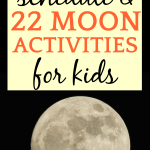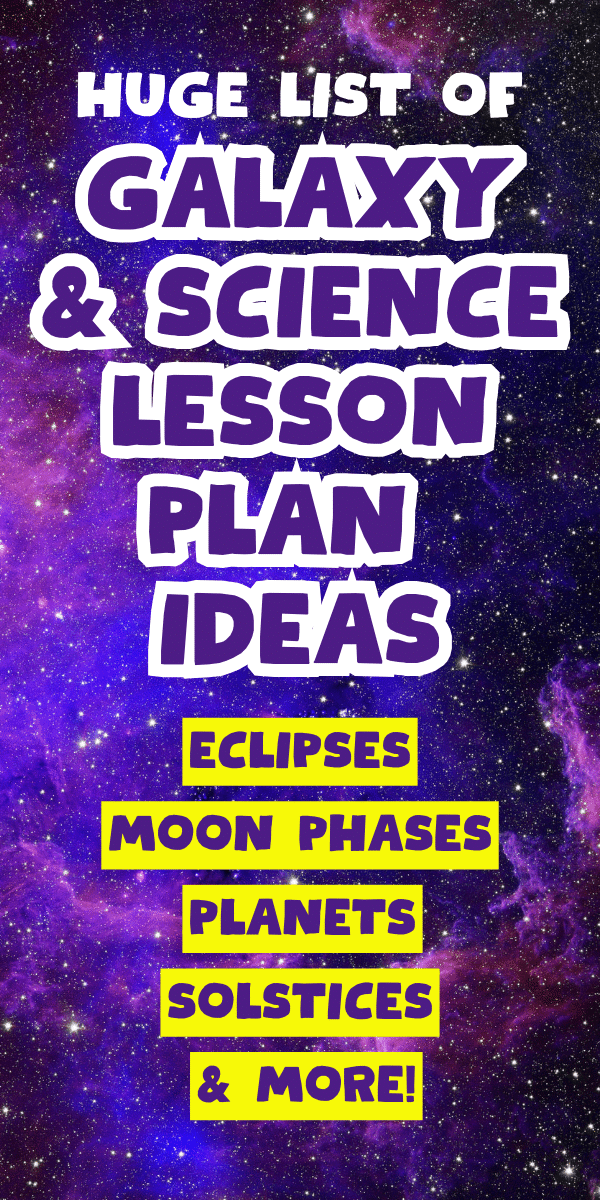Need full moon lessons for kids, fun play moon games, craft ideas and lunar activities for kids? Resources include how to explain moon phases to preschoolers all way to moon activities for high school, ideas for STEM studies, fun video for science, moon lesson plan ideas, moon crafts, and a full lunar calendar! Fun STEM studies for how can we teach the moon, including an updated full moon schedule to follow along with kids or classroom!
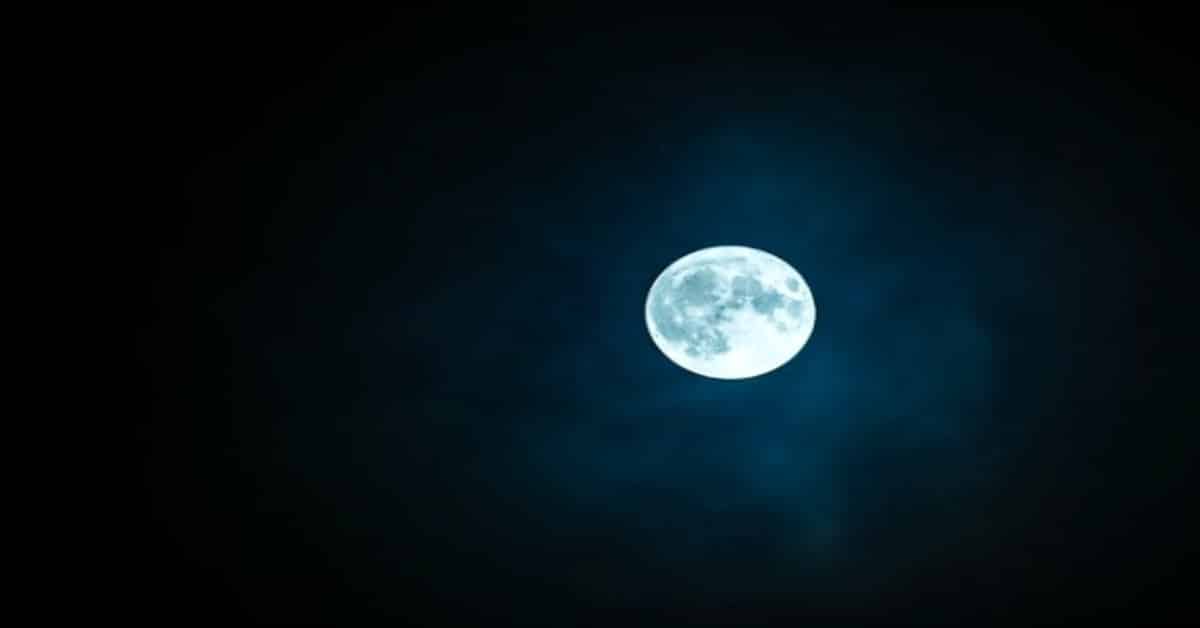
FULL MOON SCHEDULE AND BEST FULL MOON LESSONS FOR KIDS
Whether you’re looking for moon craft ideas for preschoolers, a moon art lesson, or want to follow the full moon schedule for this year, we have something for your moon learning units and moon crafts! These are some of our favorite kids activities for science!
How do you teach the Moon phases to kids?
- Read books about full moon phases
- Learn about lunar schedules (moon schedules dates)
- Watch full moon videos
- Do the moon cycle lesson plans
- Complete Owl Moon lesson plans
- Get a telescope for moon viewing and keep a moon journal
- Complete moon crafts for kids
- Have a full moon frolic outside to appreciate the moon (great for family moon ideas!)
- Make an Oreo moon phase project
- Research NASA site for fun moon learning ideas
- Complete the moon landing lesson plans
- Make solar system models
- Take field trips or virtual observatory field trips
Don’t miss more lesson on moon phases ideas and learning about full moons for kids below. Be sure to keep scrolling!
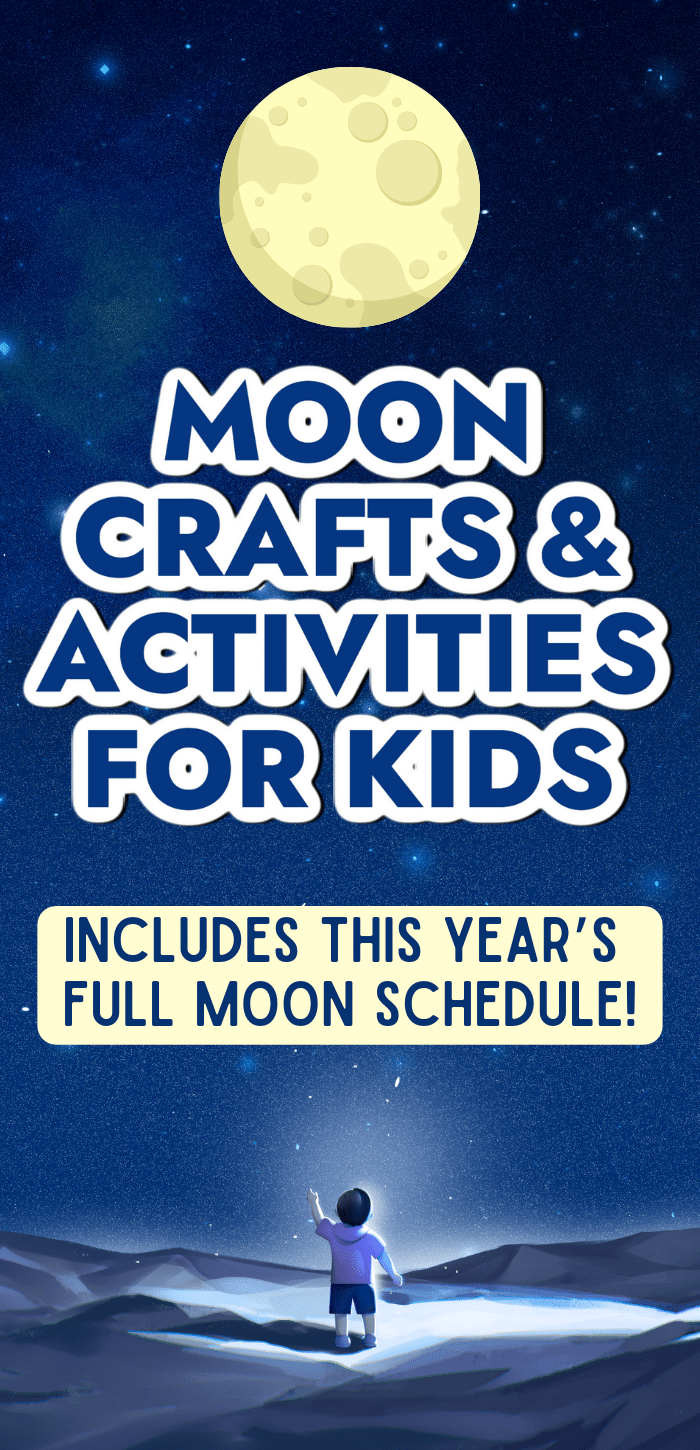
Before we get into the full moon schedule, moon lessons for kids and kids activities, let’s give you an understanding of the basics and some moon fun facts that will help you plan lessons!
Moon Teaching Resources and Learning About The Moon
What Is a Full Moon?
A full moon is when the complete moon is visible from earth. The moon is full one time each month. In some months, there are two full months and it’s known as a blue moon.
(More on that in a bit!)
What makes a full moon?
In the full moon lunar phase, the earth is directly between the moon and the sun. The moon then appears fully illuminated, or “lit up,” from our perspective viewing it from the earth. A full moon happens “when the ecliptic longitudes of the Sun and Moon differ by 180°.”
How many days in full moon cycle?
There are 27 days in one moon cycle, or the amount of time it takes for the moon to complete one orbit around the earth. The number of days from one new moon phase to the next new moon phase is 29.5 days.
How many full moon phases are in a year?
The number of full moon phases in a year depends on the year. There are normally 12 full moon phases in one year (about one every month). However, in some years. there are 13 full moon phases.
Phases of the Moon Facts
There are 8 main phases of the moon:
- new moon
- waxing crescent moon
- first quarter moon
- waxing gibbous moon
- full moon
- waning gibbous moon
- third quarter moon
- waning crescent moon
These lunar phases cycle through about every 29.5 days.
When is the next full moon?
There is one full moon each month. However, the dates vary each month.
(On occasion, there are two full moons during one month. We’ll talk about that and it’s special name a little later!)
Full Moon Schedules
We’ve put together the full moon lunar calendar 2024.
Why do you want to know full moon schedules?
- To make sure that you plan so you can take advantage of any that are visible in your area!
- To learn about the different phases of the moon.
- Understand the name of that moon and the reason it was named that.
So, what date is the next full moon?
DON’T MISS THE INTERESTING INFO ABOUT THE NAMES OF MOONS (AND WHY THEY’RE NAMED THAT) AFTER THIS SECTION.
[KEEP SCROLLING!]
DID YOU KNOW:
About every 19 years, there is no Full Moon in February. -TimeAndDate.com
Full Moon Schedule for 2024: What is the next full moon?
Here’s the full moon lunar calendar for this year:
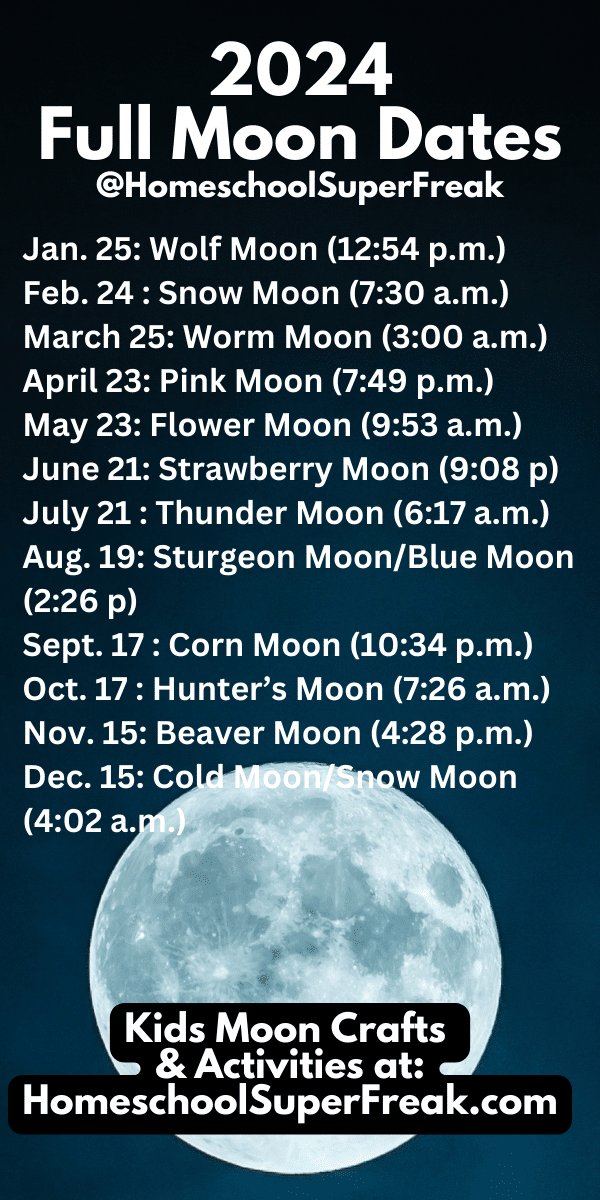
What is a blue moon and how often does it occur?
There are generally around 29 days between full moons. However, in some months, there are two full moons. When this occurs, the second full moon is called the “Blue Moon.”
FUN FACT: Because February has 29 days or less, there will never be a Blue Moon in February!
It is also called a Blue Moon when the Blue Moon is the third of four full moons in one season.
Why do they call it a Blue Moon?
A Blue Moon has little to do with the color and more to do with how often it occurs, which is rare.
(You know that saying, “Once in a blue moon?”)
Also, according to NASA.gov, the term Blue Moon came from a volcanic eruption in Indonesia that turned the moons blue (or green) for a long time.
Krakatoa’s ash is the reason [the moon turned blue].
Some of the ash-clouds were filled with particles about 1 micron (one millionth of a meter) wide–the right size to strongly scatter red light, while allowing other colors to pass.
White moonbeams shining through the clouds emerged blue, and sometimes green.
Blue moons persisted for years after the eruption.
People also saw lavender suns and, for the first time, noctilucent clouds.
The ash caused ‘such vivid red sunsets that fire engines were called out in New York, Poughkeepsie, and New Haven to quench the apparent conflagration,’ according to volcanologist Scott Rowland at the University of Hawaii.
Moons do appear blue in color sometimes, but it is rare.
Is there a Blue Moon in 2024?
In 2024, the Blue Moon will be on August 19th. The next Blue Sturgeon Moon will be May 31, 2026. The last full Blue Moon was August 2023. Before that, there were blue moons on August 22, 2021, October 31, 2020. (Yep! Halloween!), and May 18, 2019.
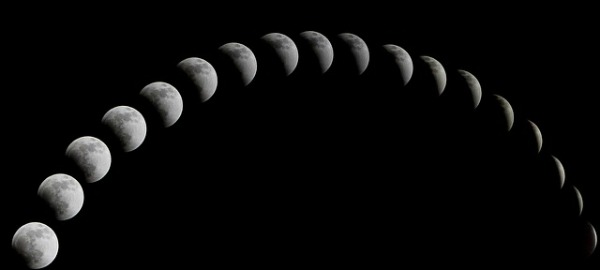
What is a lunar eclipse?
A lunar eclipse occurs when all or part of the moon is obstructed by the earth’s shadow.
FUN IDEA FOR KIDS: HAVE AN ECLIPSE PARTY!
MORE FUN KIDS ACTIVITIES TO ADD THESE TO YOUR STEM LESSONS:
19 Lunar Eclipse Lesson Plans + Free Printable
9 Awesome Eclipse Activities for Kids Astronomy Studies
Solar Eclipse for Kids: DIY Solar Eclipse Glow-in-the-Dark T Shirt
Learning About Fall Equinox and 17 Equinox Activities for Kids
Traditional Full Moon Names
The traditional full moons were named by Europeans and also Indigenous Native people. They were traditionally named to correspond with seasons and reflect harvesting periods. We still use some of those names today!
Phases of the Moon for Kids
The phases of moon is a fun STEM topic to add to your learning!
You can learn:
- Phases of the moon meaning
- What causes the phases of the moon?
- What are the phases of the moon in order?
- How many phases of the moon are there?
And more!
LESSON TIP: Watch a Phases of the Moon Video
Add this to your moon phases lesson plans!
Need Sun and Moon Activities for Toddlers or Moon Activity for Preschool?
Want to get started with kindergarten moon activities or simple fun moon ideas for preschool and toddlers? Try this felt sun and moon set to use with your sun read-along books and moon phase learning.
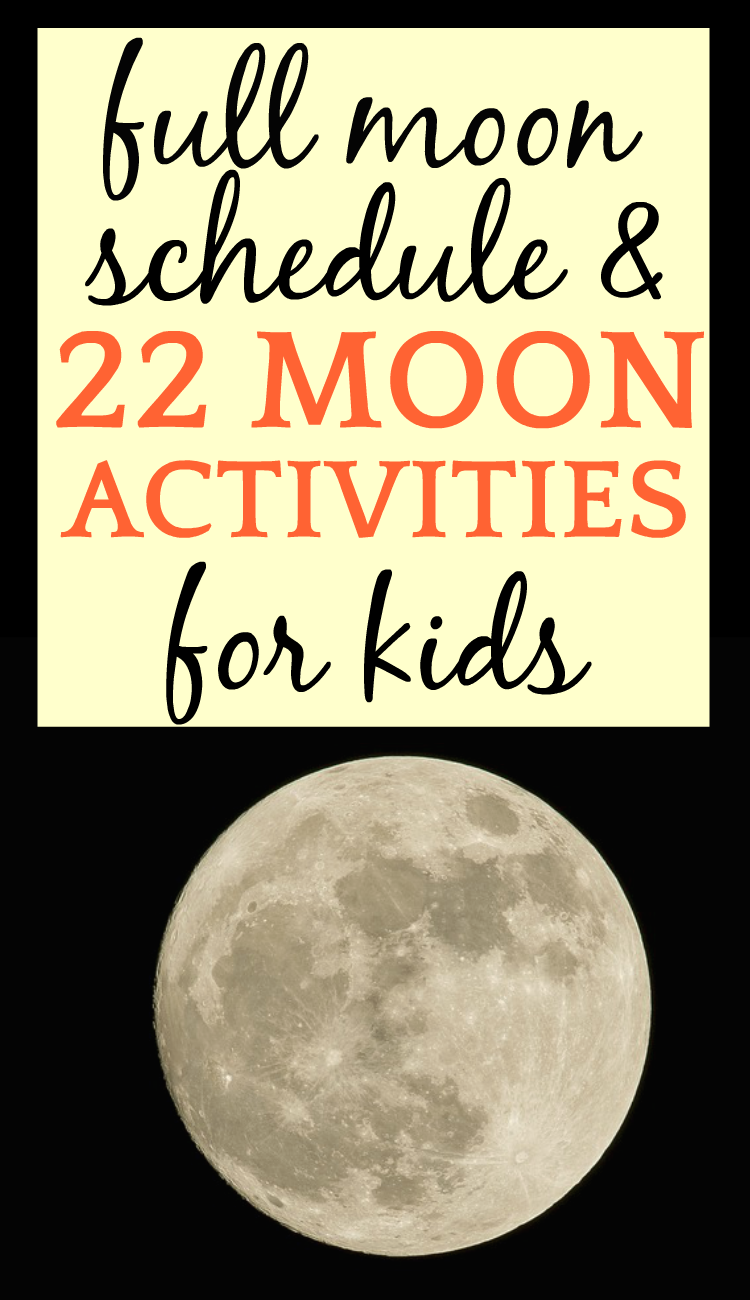
24 Moon Lesson Plans, Worksheets, and Fun Full Moon Activities for Kids
Here are great lesson on moon phases, full moon day activities, and different ways teaching during the full moon schedules and learning about the moon.
Good moon lesson plans for preschool and up!
Fun Learning Resources And Ideas For Moon Activities:
- Read about the moon
- Get an On The Moon activity guide
- Do Kitten’s First Full Moon activities
- Learn how to paint a simple moon for kids
- Learn about the moon & its phases (Grades 3-5)
- Make a moon phases slider
- Get Lessons to earn characteristics of Earth’s moon and compare and contrast properties of the moon and Earth lessons (K-4)
- Learn about Mysteries Of The Moon
- Read Faces of the Moon
- Get moon worksheets
- Read facts about the moon phases
- Do an Oreo moon phases lesson plan experiment (Science you can eat!)
- Learn about the Apollo Program
- Watch a documentary about the moon landing
- Look at satellite images of the Apollo Mission
- Read books about moon landings.
- Watch the NASA YouTube channel
- Learn about the Artemis Program (Grades 5-8)
- Watch videos about the moon (PreK-Grade 3)
- Paint a full moon using tracing and transfer (*we did this and while it’s a fun full moon art lesson, it might be better for older kids and even great moon projects for high school)
- Join (or create!) your own astronomy club for kids!
- Find an observatory in your area and take a field trip or do a virtual observatory field trip!
- Check out this cool Apollo Missions children’s book for your studies.
- Learn about sky gazing
About A Moon Telescope
 What is a good telescope to see the moon?
What is a good telescope to see the moon?
If you’re new to telescopes, you’ll probably want to start with a telescope for beginners that comes with high magnification.
We love this affordable, bestselling telescope that allows you to also attach your phone to use as a screen.
It’s a good starter telescope and will allow you to see if how much you will use it for your STEM lessons or for personal use.
This is a portable travel telescope, which makes it perfect for taking to parks or traveling.>
It also comes with:
- Carrying Bag
- Smartphone Adapter
- Wireless Remote
COMPARE BESTSELLING TELESCOPES FOR MOON VIEWING
ALSO CHECK OUT OUR PERSONAL EXPERIENCE WITH TELESCOPES:
Best Telescope for Beginners and Kids: Reviews, Comparisons, Recommendations
MORE STEM ACTIVITIES: Big List Of Galaxy Lesson Plan Ideas For Science Unit Studies
I HOPE YOU HAVE FUN WITH THE FULL MOON MOON LESSONS FOR KIDS ACTIVITIES!
STARTING HOME SCHOOL? CHECK OUT OUR HOW TO HOMESCHOOL GUIDE



